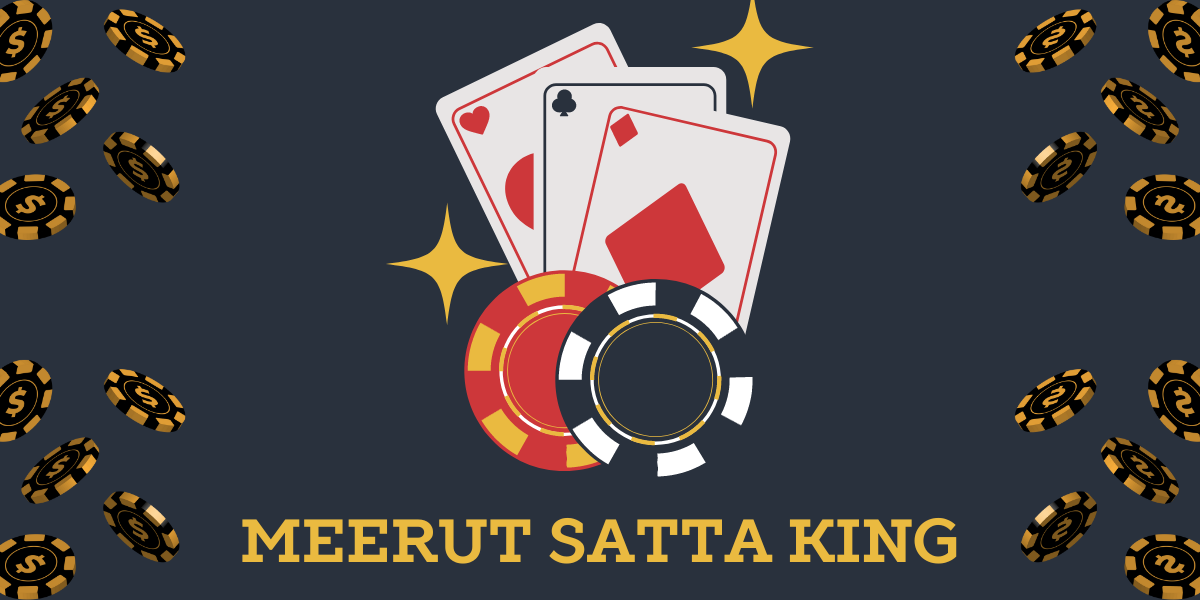Satta Matka Khajana is a renowned form of gambling that originated in India, captivating enthusiasts with its blend of luck, strategy, and excitement. This guide explores the origins, rules, and nuances of Satta Matka Khajana, providing an in-depth understanding of this popular game.
History of Satta Matka
Origins
Satta Matka traces its roots back to the 1960s, initially linked to the betting on the opening and closing rates of cotton traded on the New York Cotton Exchange. The game evolved over the years, transforming into a more structured and widespread form of lottery.
Evolution
The game was named after the term “Matka,” meaning earthen pot, from which numbers were drawn. Over time, it adapted to include various formats and betting styles, becoming a staple in the world of Indian gambling.
How to Play Satta Matka Khajana
Basic Rules
- Number Selection: Players choose numbers from 0 to 9. These numbers are combined to create a three-digit result.
- Betting: Players place bets on the chosen numbers. Bets can vary in type and amount, offering flexibility in gameplay.
- Draw: A random draw determines the winning numbers. The results are announced on specific websites or through traditional means.
Types of Bets
- Single: Betting on a single number between 0 and 9.
- Jodi/Pair: Betting on a pair of numbers.
- Patti/Panna: Betting on a three-digit number.
- Open and Close: Betting on the opening or closing result of the day.
Winning and Payouts
The payout in Satta Matka can vary based on the type of bet and the amount wagered. Higher risk bets, such as a full Patti, offer substantial payouts compared to simpler bets like single numbers.
Popular Satta Matka Markets
Kalyan Matka
One of the most famous Matka markets, Kalyan Matka, has been a favorite among players for decades. It offers daily draws and a variety of betting options, attracting a large number of participants.
Mumbai Matka
Mumbai Matka is another well-known market, known for its high stakes and significant payouts. It operates with specific draw timings and rules, making it a prominent part of the Satta Matka landscape.
Rajdhani Day and Night
These markets operate with two separate draws—one during the day and one at night. They provide players with additional opportunities to place bets and win.
Strategies and Tips for Playing Satta Matka Khajana
Understanding the Odds
Grasping the odds and probabilities is crucial for informed betting. Familiarize yourself with different bet types and their associated risks and rewards.
Setting a Budget
Gambling can be addictive, so it’s essential to set a budget and stick to it. Avoid chasing losses and wager only what you can afford to lose.
Research and Analysis
Study past results and patterns. Some players believe in analyzing previous draws to predict future outcomes, although it’s important to remember that Satta Matka is primarily a game of chance.
Staying Informed
Keep up with the latest trends and updates in the Satta Matka world. Many websites and forums provide valuable insights and tips from experienced players.
Legal and Ethical Considerations
Legal Status
The legal status of Satta Matka varies by region. In many parts of India, gambling is heavily regulated, and engaging in illegal betting activities can lead to severe penalties. It’s crucial to be aware of and adhere to local laws regarding gambling.
Responsible Gambling
Always gamble responsibly. Set limits, avoid excessive betting, and seek help if you feel that gambling is becoming a problem. Many organizations offer support for individuals struggling with gambling addiction.
Conclusion
Satta Matka Khajana is a fascinating game that blends luck, strategy, and excitement. Whether you’re a seasoned player or a newcomer, understanding the rules, markets, and strategies can enhance your experience. Remember to play responsibly and stay informed about the legal implications of gambling in your area.

